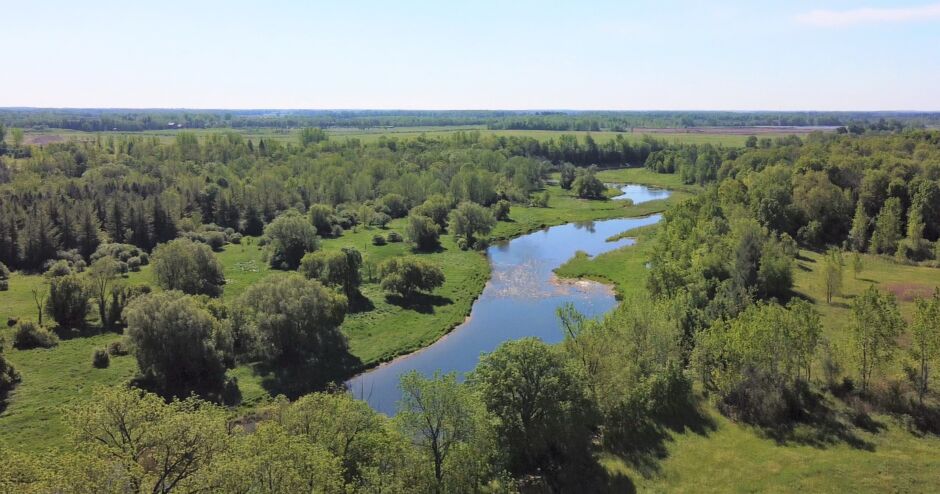Introducing the Shared Waters Action Plan for the Upper Thames River Conservation Authority
The Thames River is one of the most biologically diverse rivers in Canada. Its watershed comprises nearly 25% of the Canadian Lake Erie basin and is the largest riverine watershed in the Lake St. Clair drainage basin. As a result, the Thames River has the potential to significantly impact conditions in Lake St. Clair and contribute to phosphorus loads in Lake Erie.
Many partners, including local First Nations, federal and provincial governments, City of London, Lower Thames Valley Conservation Authority, and Upper Thames River Conservation Authority (UTRCA), have developed a lengthy list of water quality and quantity recommendations for the Thames River. These recommendations can be found in the Thames River (Deshkan Ziibi) Shared Waters Approach to Water Quality and Quantity (2019). The UTRCA has recently been developing an action plan for implementing its recommendations from the Shared Waters Approach.
This water management plan balances protection and restoration of the Thames River watershed, while supporting economic and urban development. The goal is to protect surface water and groundwater from contamination, identify water quality and quantity issues, and propose recommendations.
Due to the inherent complexity of addressing inter-related hydrological and ecological processes, it was determined that an integrated Shared Waters Action Plan (SWAP) for the UTRCA is most appropriate. As such, the UTRCA is working in partnership with First Nations, federal and provincial governments, the City of London, and the Lower Thames Valley Conservation Authority. Having also been involved in the development of the Shared Waters Approach, it is expected that the SWAP will help these partners in the development of their implementation plans.
We know that some of the actions that will be identified in the SWAP are already happening throughout the watershed, spearheaded by community groups, non-profits, government bodies, individuals, and more. We will seek to develop a comprehensive understanding of this work, while determining additional actions needed to protect and improve the water quality and quantity of the Thames River.
Over the coming months, stay tuned for opportunities to engage with the SWAP. Your input, perspectives, and experiences will help carry out and shape local action to protect the Thames River.
Related Articles:
- A Shared Waters Approach for the Thames River (Deshkan Ziibi) (UTRCA weekly, April 8, 2022)
- Shared Waters Approach: Update (FYI Newsletter, March 2022)
Contact: Tara Tchir, Watershed Science Coordinator


